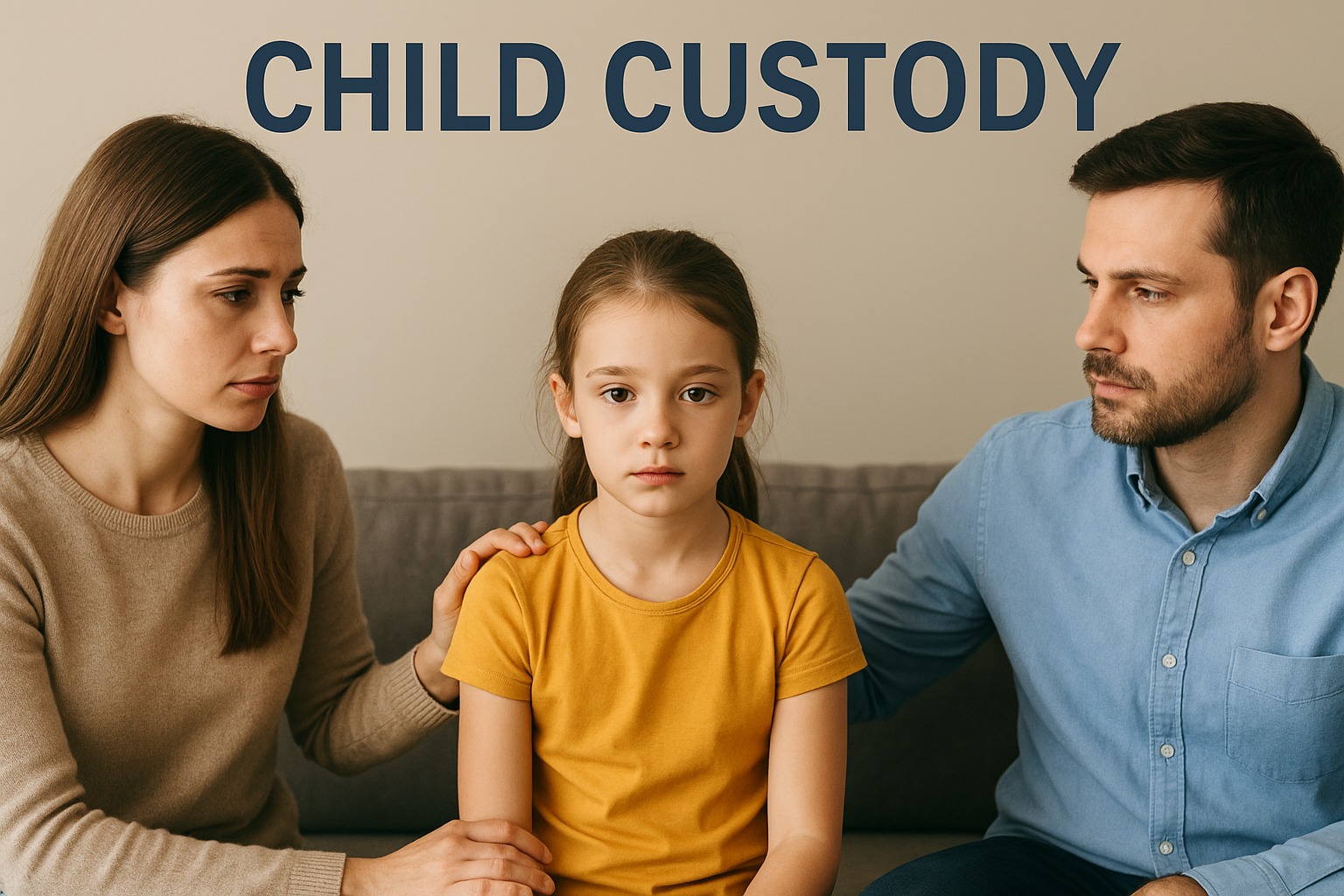
Beyond Disputes: Ensuring a Child-Centered Custody Approach
Child custody cases can be emotionally draining, legally complex, and life-changing for families. While parental disagreements often dominate the conversation, it’s crucial to prioritize the child’s well-being above all else. Adopting a child-centered custody approach ensures that the child’s emotional, physical, and psychological needs are at the forefront of every decision.
Understanding Child-Centered Custody
A child-centered custody approach focuses on what benefits the child most, rather than who “wins” in a legal dispute. It emphasizes:
Emotional Stability: Ensuring the child maintains a healthy connection with both parents.
Consistent Environment: Providing a stable home, schooling, and routine.
Positive Parental Involvement: Encouraging both parents to actively participate in upbringing.
Conflict Minimization: Reducing exposure to disputes that may negatively impact the child.
Types of Child Custody
Understanding custody types is essential to create the best environment for your child:
1. Physical Custody
This refers to where the child lives and the day-to-day care responsibilities of the parent. A child may have
Sole Physical Custody: The child resides primarily with one parent.
Joint Physical Custody: Both parents share living arrangements and daily care responsibilities.
2. Legal Custody
Legal custody involves decision-making authority over major aspects of the child’s life, including education, healthcare, and religion. It can be:
Sole Legal Custody: One parent makes all legal decisions.
Joint Legal Custody: Both parents share decision-making responsibilities.
Steps to Ensure a Child-Centered Custody Approach
Adopting a child-focused approach requires deliberate steps:
1. Prioritize the Child’s Needs
Always evaluate decisions based on the child’s emotional, physical, and educational requirements.
2. Open Communication
Maintain transparent communication with your co-parent to avoid misunderstandings and conflicts.
3. Collaborative Parenting Plans
Work together to develop schedules, visitation plans, and responsibilities that reflect the child’s best interests.
4. Minimize Conflict
Avoid exposing the child to arguments or legal battles; mediation can be a helpful alternative.
5. Seek Professional Guidance
Family law experts or child psychologists can provide insights to make custody arrangements more child-focused.
Benefits of a Child-Centered Custody Approach
Emotional Security: Children feel loved and supported by both parents.
Better Development: Stable and consistent routines aid mental and emotional growth.
Reduced Stress: Less exposure to parental conflicts promotes a healthier environment.
Long-Term Relationships: Encourages strong bonds with both parents even after separation.
Conclusion
Child custody is not just a legal matter; it’s about shaping the child’s future. By moving beyond disputes and embracing a child-centered custody approach, parents can ensure that their child grows up in a nurturing, supportive, and balanced environment. Choosing this path helps children thrive despite family changes, reinforcing love, security, and trust above all else.
#ChildCustody, #ChildCenteredApproach, #FamilyLaw, #ParentalGuidance, #CustodySolutions, #CoParenting, #ChildWellbeing, #CustodyPlanning, #FamilySupport






